Preservation of goods
How To Preserve Vegetables In The Freshest Refrigerator
Causes of Vegetable Spoilage in the Refrigerator
Vegetables can spoil in the refrigerator for a number of reasons:
- Improper humidity : Vegetables need a humid environment but not too humid to avoid rotting or mold. If the humidity in the refrigerator is too high, you can use plastic bags or moisture-absorbing paper to protect the vegetables.
- Wrong Temperature : Vegetables usually require cold temperatures to stay fresh. However, if the temperature is too low or too high, the vegetables can be damaged. The best temperature to store vegetables in the refrigerator is around 0-4 degrees Celsius.
- Contact with other vegetables : Some vegetables have the ability to produce ethylene gas, a substance that causes premature ripening. When in contact with other vegetables, ethylene gas can cause vegetables to spoil quickly. Therefore, try to keep vegetables separate in separate bags or containers.
- Too long storage time : Even if stored properly, vegetables can spoil if left in the refrigerator for too long. Check and use vegetables within a short time after purchase to ensure maximum freshness.
- Not cleaning the refrigerator regularly : If the refrigerator is not cleaned regularly, bacteria and mold can grow and spread to vegetables. Therefore, clean the refrigerator regularly to ensure the cleanliness and safety of vegetables.
Hopefully the above information will help you understand the causes of vegetable spoilage in the refrigerator.
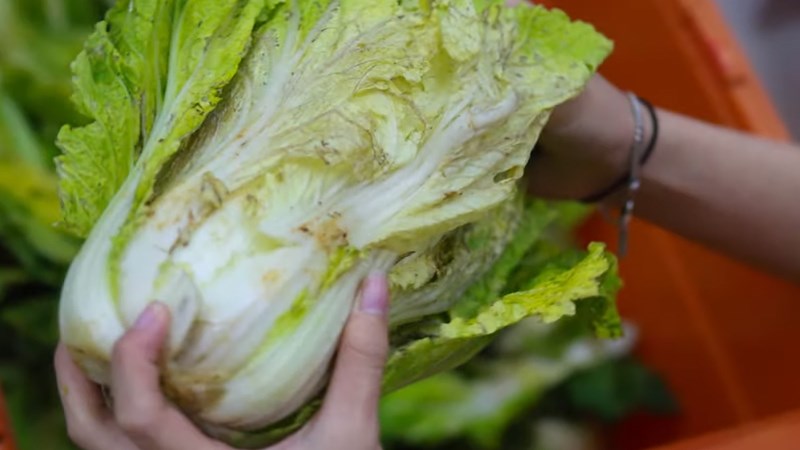
>>>See More: Instructions on How to Harvest and Preserve Avocados for a Long Time Effectively
How Long Can Vegetables Be Stored In The Refrigerator?
How long vegetables last in the refrigerator depends on the specific vegetable and how you store it. Here are some approximate storage times for some common vegetables in the refrigerator:
- Green leafy vegetables : Such as lettuce, kale, spinach, celery… can be stored in the refrigerator for 5 to 7 days. Make sure you dry the vegetables before putting them in a bag and storing them separately in the refrigerator.
- Vegetables : Vegetables such as carrots, potatoes, and turnips can be stored in the refrigerator for 2 to 4 weeks. Remove any damaged or blackened parts before refrigerating.
- Vegetables : Vegetables such as tomatoes, peppers, pumpkins, and eggplants can be stored in the refrigerator for 1 to 2 weeks. To keep vegetables fresh longer, you should store them in the freezer compartment or in a vegetable storage bag.
Note that this is only an estimate and depends on the initial condition of the vegetables and the storage conditions. If the vegetables are damaged or show signs of decay, you should discard them immediately. In addition, the temperature and humidity in the refrigerator also affect the storage time of vegetables.
To preserve vegetables longer, you should always keep the refrigerator clean and check it periodically to remove spoiled vegetables.
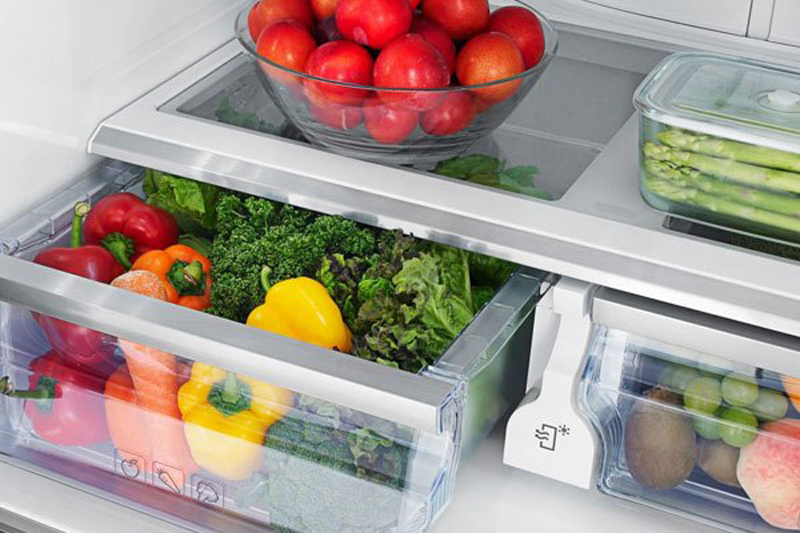
How to Store Vegetables in the Refrigerator to Keep Them Fresh Longest?
Yes, storing vegetables with MAP (modified atmosphere bags) and ethylene absorbers is an effective way to keep vegetables fresh for the longest time in the refrigerator.
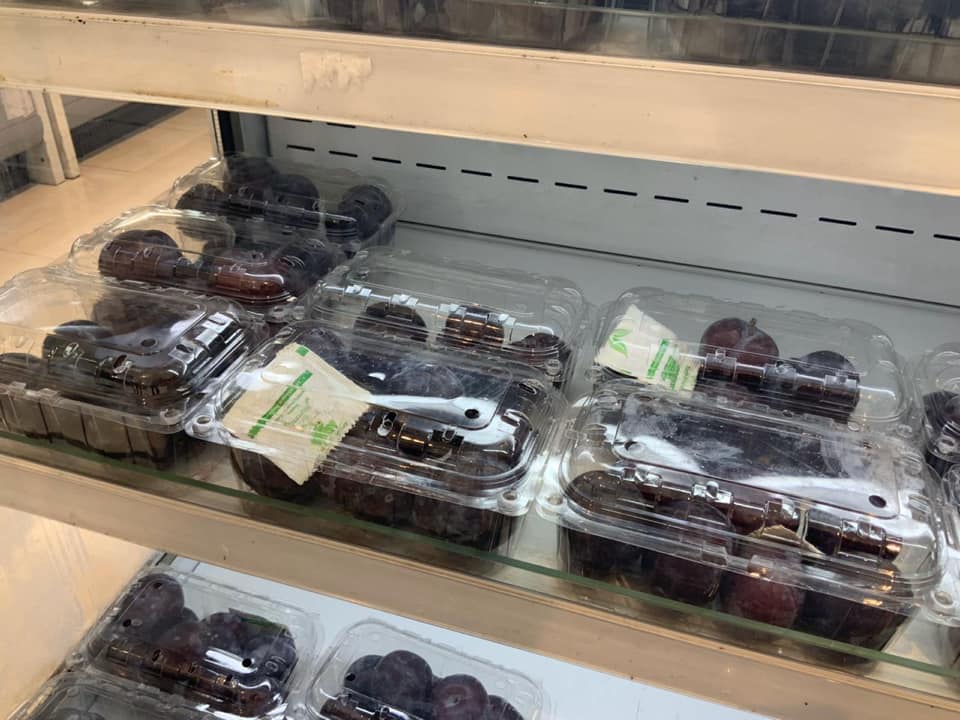
Modified Atmosphere Bags MAP are designed to regulate the atmosphere inside the bag, creating an ideal environment for preserving vegetables.
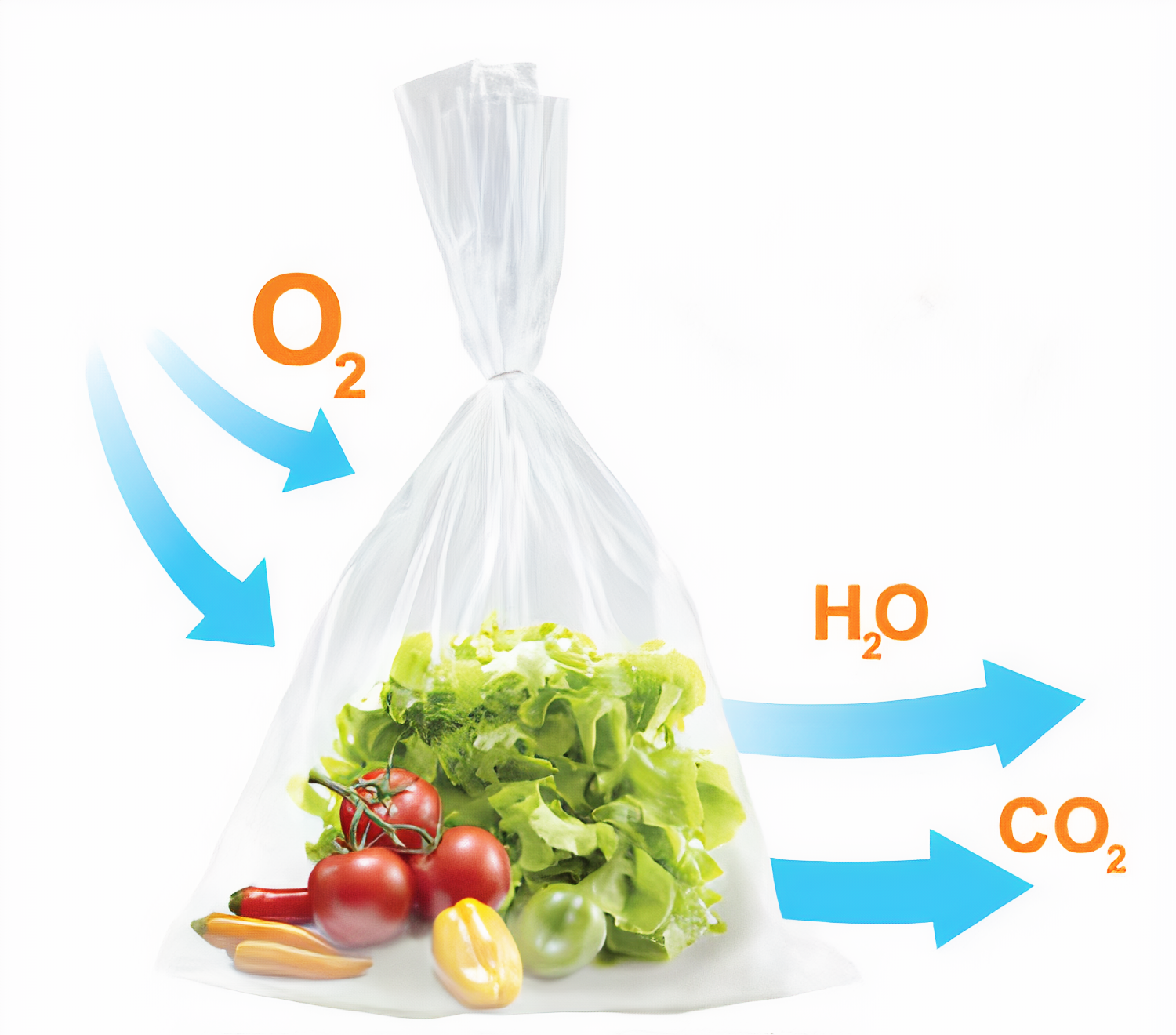
This bag usually has an airtight design, which can reduce the amount of oxygen and increase the concentration of carbon dioxide inside the bag, thereby preventing the oxidation and decomposition of vegetables.
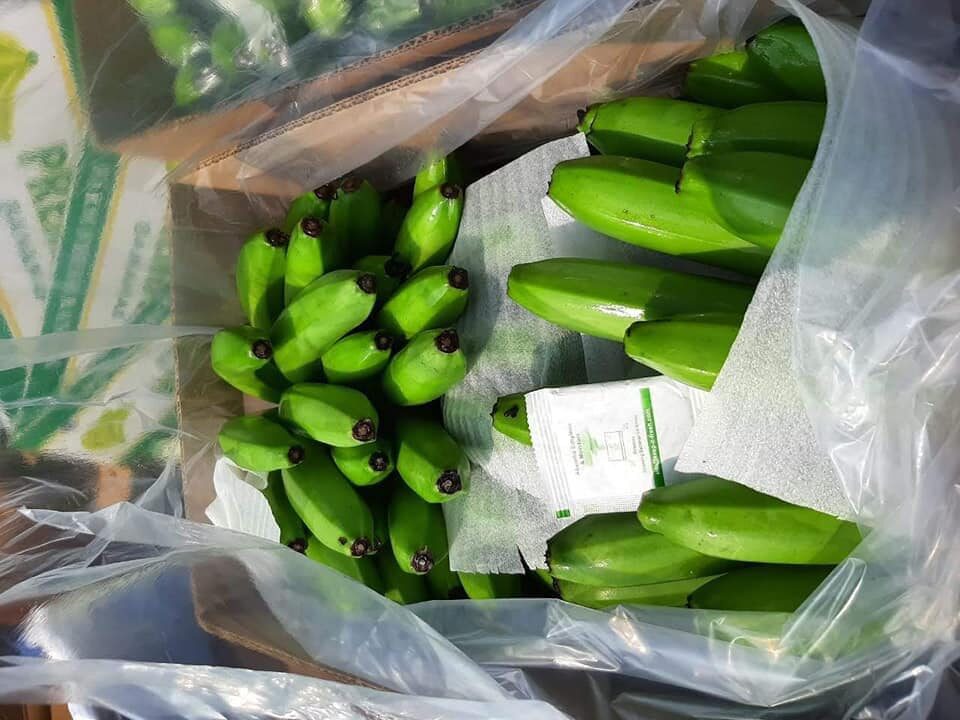
Ethylene absorbers are also useful for preserving produce. Ethylene is a natural gas produced by many fruits and vegetables, and it can cause produce to ripen and spoil more quickly.
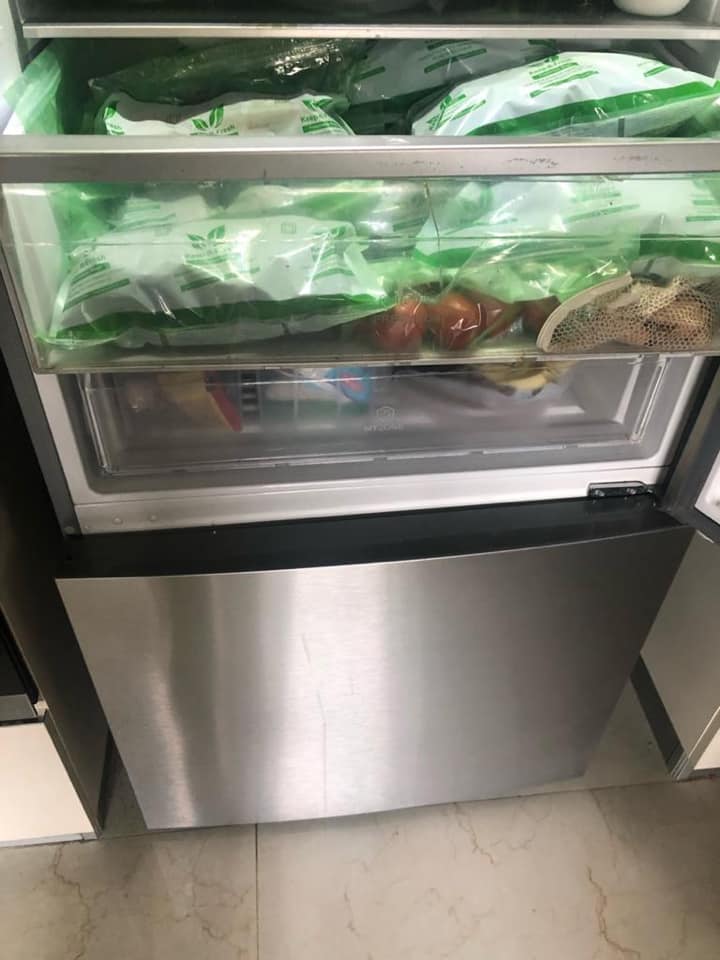
Ethylene absorbers often contain ethylene absorbing material, which helps absorb this gas from the air and prevent rapid ripening of vegetables.
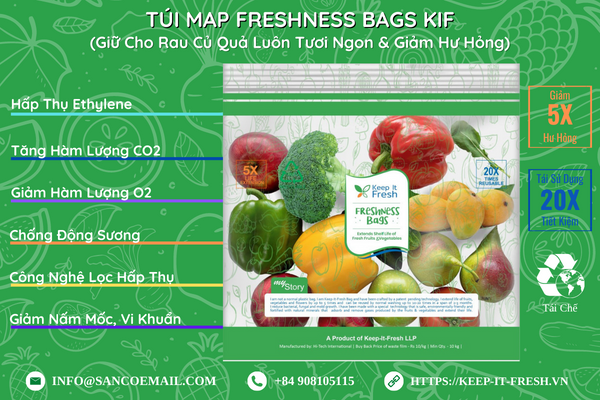
>> See Details: Freshness Bags KIF
To use MAP bags and ethylene absorbers, you can follow these steps:
- Wash vegetables and drain before packing.
- Place vegetables in MAP bag and seal bag.
- Place the ethylene absorber in the same MAP bag or in a separate compartment of the refrigerator.
- Place the MAP bag containing vegetables in the refrigerator.

Using MAP bags and ethylene absorbers will help create an ideal environment and prevent ripening, decomposition and spoilage of vegetables.
However, remember to check and change MAP bags and ethylene absorbers as needed to ensure the best preservation effect.
Traditional Way to Keep Vegetables Fresh in the Refrigerator for a Long Time, Short-Term Storage Time
To preserve vegetables in the refrigerator for a long time and keep them fresh, you can follow these methods:
- Remove any damaged or bruised parts before refrigerating. Spoiled vegetables can contaminate other vegetables.
- Do not wash vegetables before putting them in the refrigerator. Washing vegetables will increase moisture and can cause them to spoil faster.
- Store vegetables and fruits separately. Vegetables and fruits can emit ethylene gas, which can cause other vegetables to ripen more quickly. Therefore, they should be stored separately to avoid negatively affecting their freshness.
- Do not cut vegetables into small pieces before putting them in the refrigerator. When vegetables are cut into small pieces, they lose moisture quickly and spoil easily. Leave vegetables whole until ready to use.
- Use specialized plastic bags and boxes to store vegetables. Plastic bags or plastic boxes have good insulation and moisture retention capabilities, which will help preserve vegetables in the refrigerator longer.
Note the storage time of each type of vegetable to avoid eating spoiled vegetables. Clean the refrigerator regularly to avoid contamination and maintain a clean cold environment.
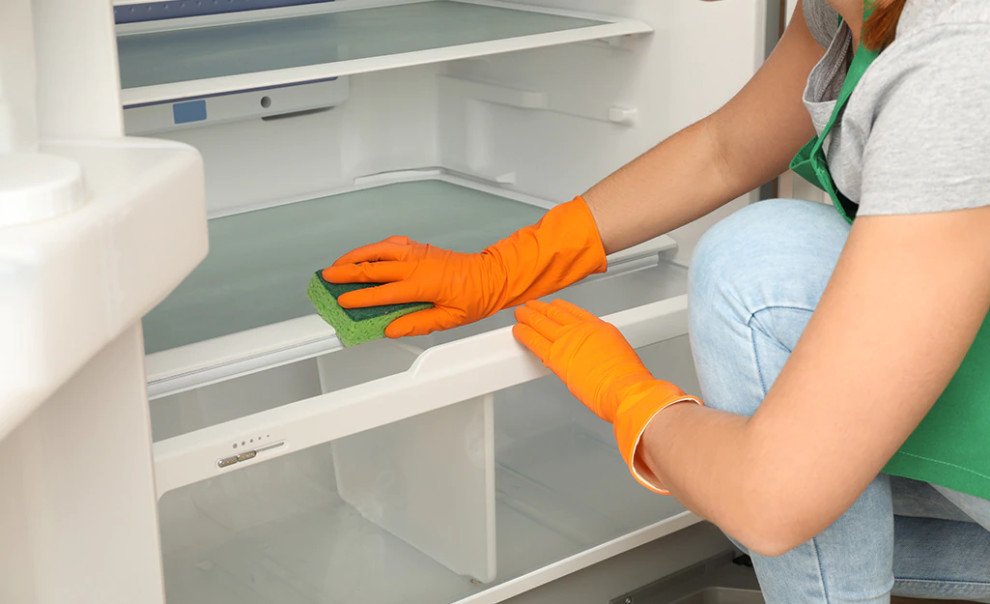
Is Preserving Vegetables In Plastic Bags Effective?
Storing vegetables in plastic bags can be a simple method to extend the freshness of vegetables in the refrigerator. However, using plastic bags to preserve vegetables requires following some basic principles to ensure effectiveness:
- Remove Air : Before placing the vegetables in the plastic bag, try to remove all the air inside the bag. You can use the “pump” method to push the air out of the bag before sealing it.
- Storing dried vegetables : Before placing vegetables in plastic bags, make sure that they are completely dry. The presence of water in the bag can increase humidity and cause rot, making vegetables spoil quickly.
- Place the vegetables in a plastic bag and seal it : After washing and drying the vegetables, place them in a plastic bag and seal the bag tightly. Make sure there is no air or liquid left inside the bag.
- Place plastic bags in the refrigerator’s crisper drawer : To store vegetables in plastic bags, place the bags in a separate compartment in the refrigerator, usually the bottom or crisper drawer. This helps keep the vegetables separated from other items in the refrigerator and keeps the temperature and humidity stable.
- Check and remove spoiled vegetables : Periodically check the plastic bag for any spoiled vegetables. If any vegetables are spoiled, remove them from the bag to avoid contaminating other vegetables.
However, using plastic bags to preserve vegetables is not always effective. Some vegetables can quickly spoil in plastic bags due to high humidity. Therefore, not all vegetables are suitable for this preservation method. You should learn and apply the appropriate preservation method for each specific type of vegetable to ensure that their freshness is optimized.
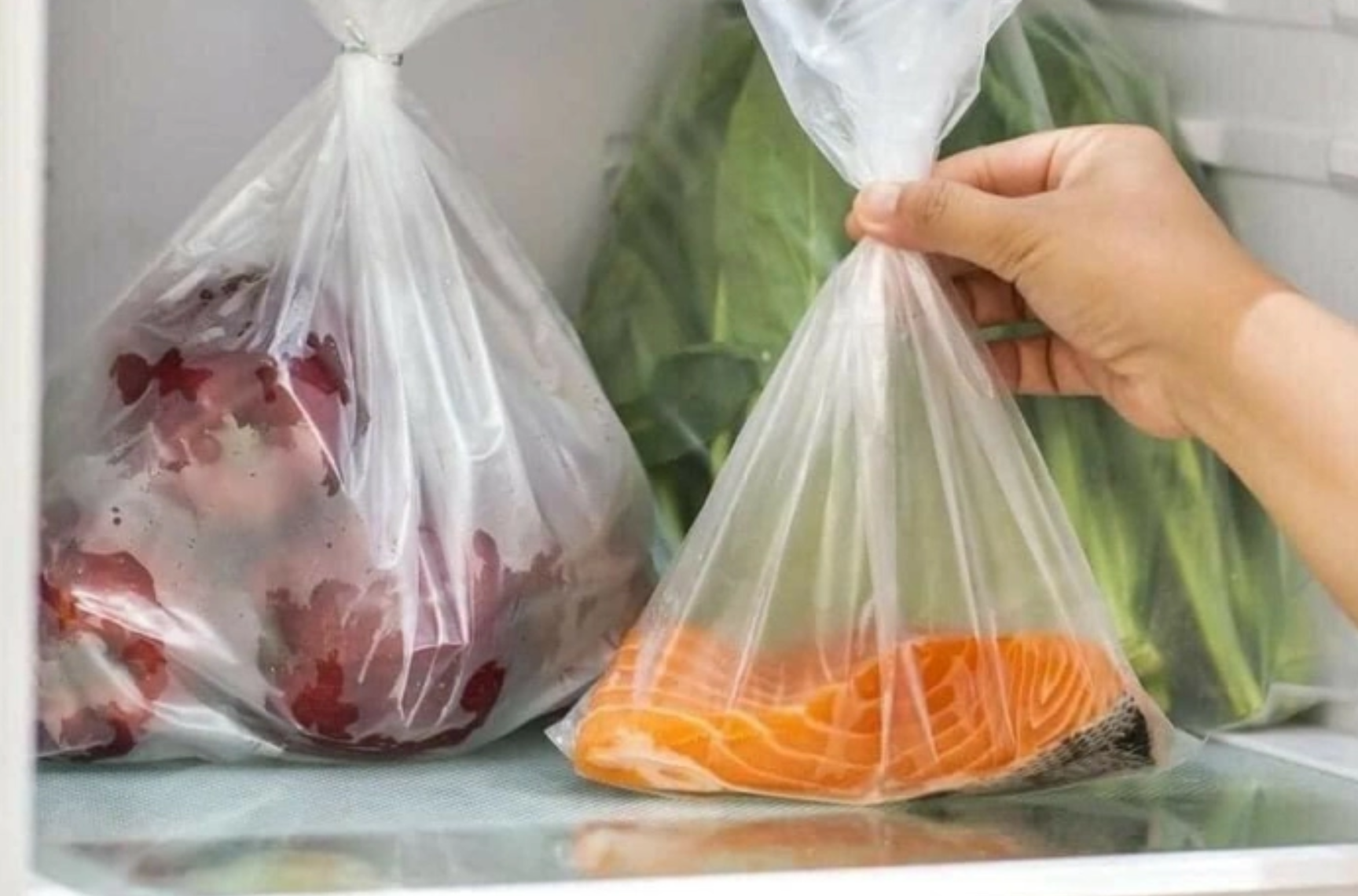
How to Store Vegetables in the Refrigerator Using Newspaper
Storing vegetables in the refrigerator with newspaper is a simple and effective method. Here is how you can apply it:
- Prepare newspaper : Choose newspaper that is not printed with ink and not wet. You need to tear it into small pieces or cut it into small pieces for easy use.
- Wash vegetables : Before storing, wash vegetables with water to remove dirt and bacteria on the surface of the vegetables.
- Dry : Pat the vegetables dry with a towel or paper towel to remove excess water. If the vegetables are still wet, they can spoil quickly in the refrigerator.
- Wrap vegetables in newspaper : Place a layer of newspaper on the counter, then place the vegetables on the newspaper and roll it up. You can also wrap each vegetable individually in newspaper for easy removal when needed.
- Place vegetables in a moisture-proof bag : If you have a moisture-proof bag, place the newspaper-wrapped vegetables in the bag and seal the bag. The moisture-proof bag helps keep vegetables fresher longer by preventing moisture from coming into direct contact with the vegetables.
- Place in the refrigerator : Place the vegetable packages wrapped in newspaper in the refrigerator. Choose the appropriate refrigerator compartment, usually the fresh vegetable compartment or the low humidity compartment to best preserve vegetables.
- Check and discard : Regularly check the vegetables in the refrigerator for spoiled or rotten parts. If any, discard them immediately to avoid spoiling other vegetables.
Note that this method of preservation may be suitable for some vegetables such as watercress, bok choy, mustard greens, banana flowers, etc. However, not all vegetables are suitable for this method. Some sensitive vegetables such as lettuce, Malabar spinach, celery may need other preservation methods to keep them fresh longer.
Hopefully this information will help you keep vegetables fresh and longer lasting in the refrigerator.
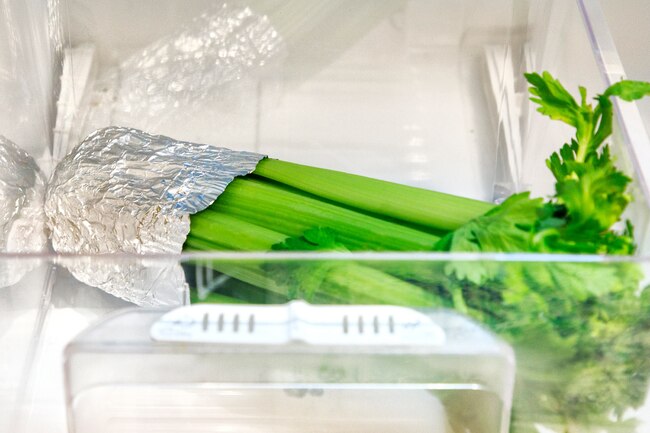
How to Store Lettuce in the Refrigerator
To preserve lettuce in the refrigerator , you can apply the following steps:
- Wash lettuce : Before storing, wash lettuce with water to remove dirt and bacteria on the surface. You can cut off any damaged leaves or stems.
- Drying : After washing, pat the lettuce dry with a towel or paper towel to remove excess water. Lettuce should be completely dry before placing in the refrigerator.
- Wrap lettuce : You can wrap lettuce in a damp paper towel or toilet paper to retain moisture and prevent dehydration. Then, place the lettuce in an airtight bag or plastic container with a tight-fitting lid.
- Place in the freezer : Place the bag or container containing the lettuce in the appropriate freezer compartment. Typically, the crisper or low-humidity compartment is the best choice. The temperature in the refrigerator should be maintained between 1-4°C for optimal lettuce storage.
- Inspect and use : Regularly inspect lettuce in the refrigerator for spoiled or rotten parts. Use lettuce within a short time after purchase to ensure freshness.
Note that lettuce may wilt or lose its crispness after being stored in the refrigerator for a while.
HOTLINE : 028.73002579 (HCM) – 024.73002579 (Hanoi)
Get advice and order quality, reputable products at:
SAO NAM JOINT STOCK COMPANY (SANCOPACK)
Email : info@vietnamtravelcard.vn.vn
| ✅Preserving vegetables and fruits: | ⭐Ethylene absorption, anti-mold, sterilization, anti-dehydration. |
| ✅Effective: | ⭐Keep fresh longer, reduce damage, slow ripening & aging. |
| ✅Standard: | ⭕Food safety, US FDA |
| ✅Biological products: | ⭐ Chitosan, 1-MCP, MAP, Natamycin |
| ✅Certification: | ⭐Full quality certification. |


